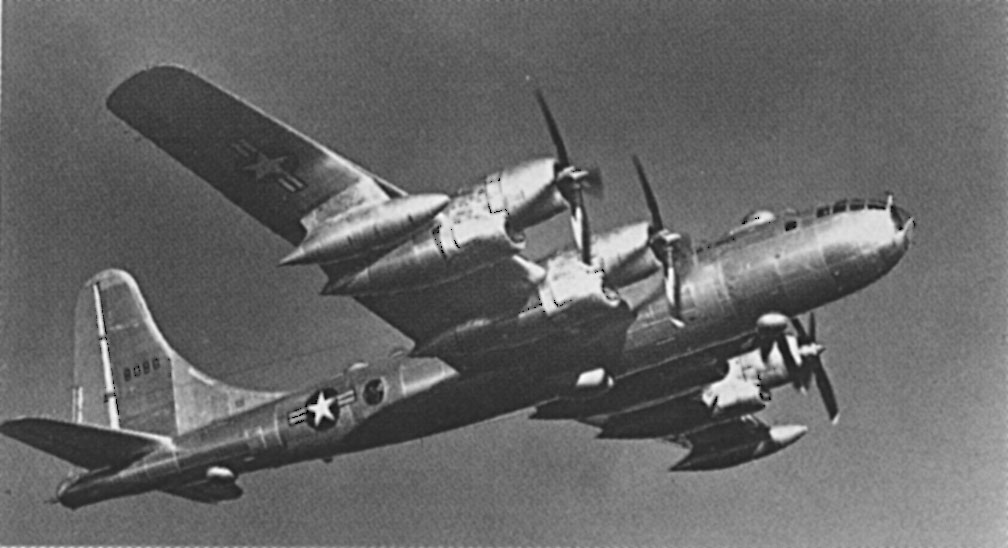Locomotives stopped being "original" the first time they went into the shops for repair. There isn't a single preserved locomotive that's original.
I guess we'll just have to disagree on what "original" means. When they performed repairs, they replaced worn or damaged parts with like replacements. Or if the replacement part was an upgrade, the locomotive was still using the same basic technology, and likely had more or less the same operating characteristics.
Please remember that all that stuff in the diesel electric locomotives are serial numbered. Thus, changing out, say one cylinder head in the prime mover, ore one power contactor in the electrical cabinet, or one traction motor in a truck, then the "original serial numbered item" is gone. Some 30 or more years ago, I was involved in showing/restoring 1965 thru 1967 Corvettes. I recall at one NCRS "show", my 1967 427/435HP coup was being "judged/inspected" for originality. The Judge REALLY knew his stuff, and was even checking for original seat belts, tail-light lenses, transmission, rear differential, and of course the factory original L89 427/435HP V8. When he got around to the tires, I noticed on his sheet, that he "dinged me" for having "reproduction" red-stripe tires. Even though one is NOT supposed to talk to the Judge, I had to say SOMETHING about the tires. I respectfully pointed out that the factory red-stripe tires were definitely NOT reproduction, but ORIGINAL 1967 factory red-stripes, and suggested that he look more carefully to find the Federal mandated "DOT" inspection/certification molded into the tire sidewalls. He apologized upon discovering that all four tires were indeed "1967 original", and then confidentially ask me how I had accomplished THAT feat. I explained that I had a separate set or reproduction re-stripe tires, mounted on new Corvette "Rally Sport" wheels, which I used for driving the car. The factory originals were NEVER used for driving, but ONLY for shows, as I would jack-up the car and then changeout the reproductions for the REAL tires.
To me, a wholesale replacement of the control and drive systems would be something completely different.
But then again, the only folks who would probably notice any differences would be those in the cab. And most of them would probably be happy with the modernization.










